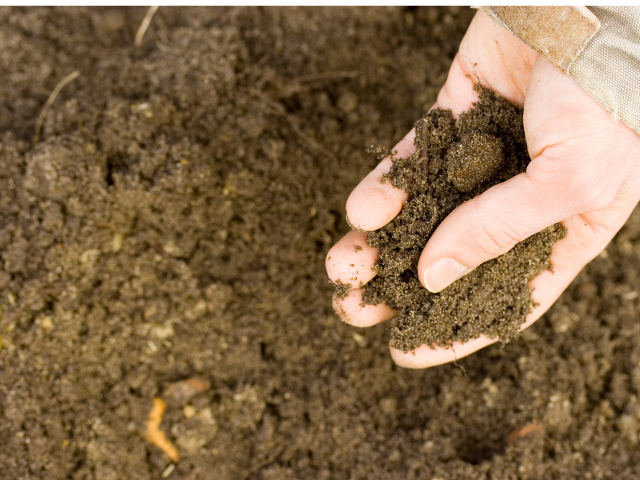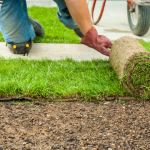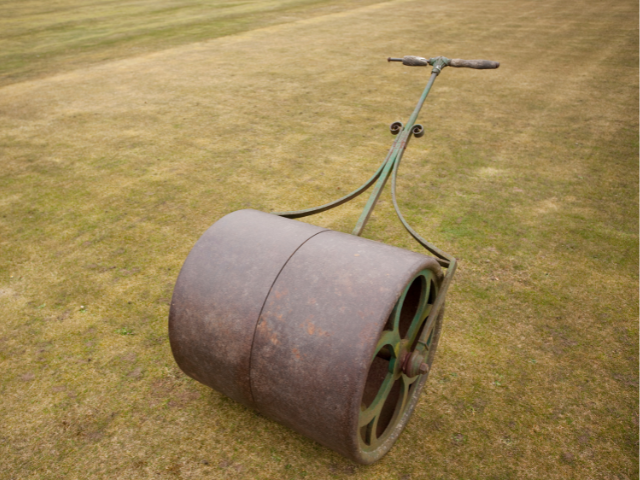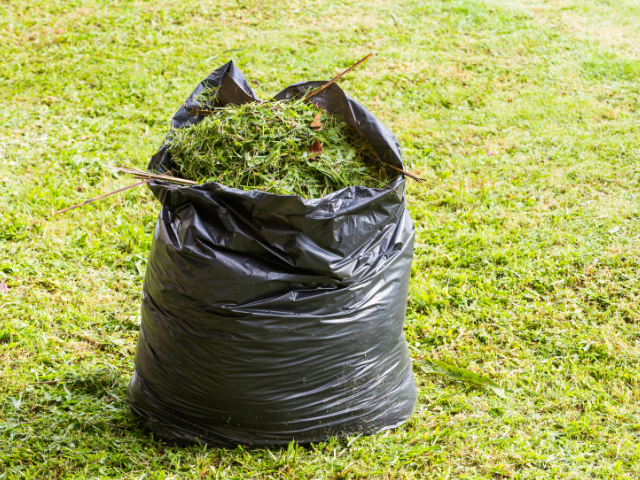When it comes to lawn care, one of the most important factors is the quality of your soil. The health and appearance of your turfgrass depend on the physical and chemical characteristics of your soil. In order to maintain a healthy lawn, it is important to test your soil regularly.
Why Is Soil pH Important?
The pH of the soil is a measure of its acidity or alkalinity. Most turfgrasses prefer slightly acidic soil, with a pH between 6.0 and 7.0. If the pH of your soil is too low or too high, it can adversely affect the growth of your turfgrass. For example, if the soil is too acidic, the turfgrass may not be able to uptake nutrients from the soil. On the other hand, if the soil is too alkaline, it can cause the turfgrass to become stressed and more susceptible to disease. Soil testing can also help determine the best type of fertilizer to use, as well as the best time to fertilize.
How to Test Soil?
There are a few different ways to test the soil. The most common method is to use a soil test kit, which can be purchased at most garden stores. Test kits typically come with instructions on how to properly take a sample and how to interpret the results.
Another option is to send a sample of your soil to a testing lab. This is often the best option for getting accurate results, as the soil is tested by professionals using more sophisticated equipment. However, it can be more expensive than using a soil test kit.
When Should I Test My Soil
Different lawn care experts will have different opinions on when you should test your soil, but as a general rule of thumb, it’s a good idea to test your soil at least once a year. This will help you keep track of how the nutrients in your soil are changing over time, and ensure that your lawn is getting the nutrients it needs to stay healthy.
How To Correct pH in Soil?
There are a number of ways to adjust the pH of your soil, depending on what your desired pH is. If you want to make your soil more acidic, you can add sulfur or amend it with peat moss. To make your soil more alkaline, you can add limestone or wood ashes. You can also buy products that are specifically designed to adjust the pH of your soil.
It’s important to note that it can take several months for pH adjustments to take effect, so be patient and don’t try to make too many changes at once. It’s also important to have your soil tested regularly (at least once a year) to keep track of any changes that may occur.
FAQs About Testing Lawn Soil
What care should be taken while testing the soil?
When you are testing your soil, it is important to be sure that you are taking a representative sample of your entire lawn. This means that you should take several samples from different areas of your lawn, and mix them together before sending them off to be tested.
Does the soil need to be dry for testing?
No, the soil does not need to be dry for testing. In fact, it is often best to take your samples after rain or irrigation, when the soil is most saturated.
How often should I test my soil?
You should test your soil at least once a year. This will help you keep track of how the nutrients in your soil are changing over time.
What do I do with the results of my soil test?
Once you have the results of your soil test, you can use them to Amend your Soil as needed. This will help ensure that your lawn is getting the nutrients it needs to stay healthy and green.





